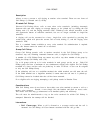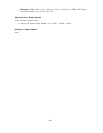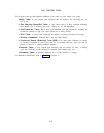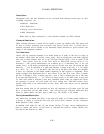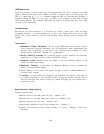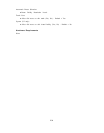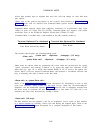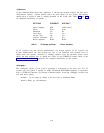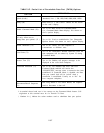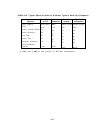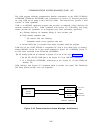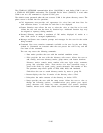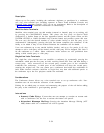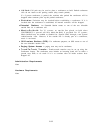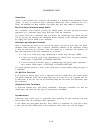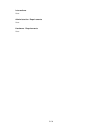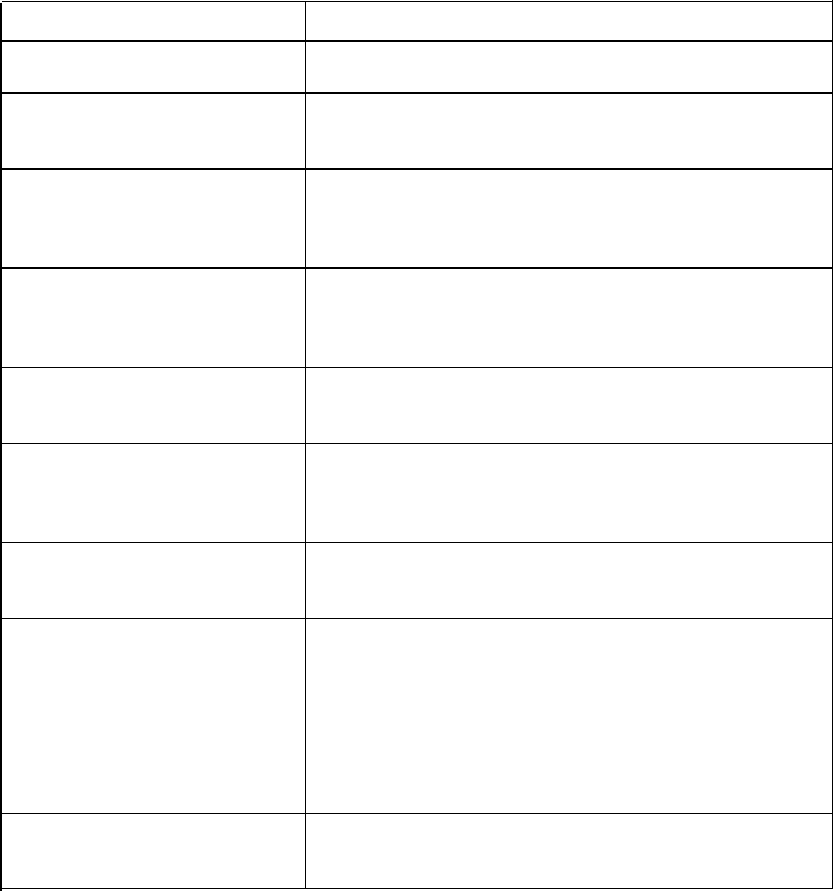
TABLE 2-F. Partial List of Permissible Data Port (TN726) Options
OPTION
DEFINITION
Speed (61-68)†
Autobaud, Low *, 300, 1200, 2400, 4800, 9600, 19200
Parity (69)
Odd, Even, 0, 1. The 0 and 1 choices are not shown
on the user’s display.
Enable Command Mode (70)
Yes or No. Must be On for Command Mode
(i.e., Command Mode Menu display). Not shown on
user’s options display.
V2 only: Allow user to
change data port options? (71 )
Yes or No. Used to enable/disable User Changeable
Options feature. Not shown on user’s options display.
Permit Mismatch (72)
Yes or No. Allows two data endpoints to
communicate at different rates.
Local Echo (73)
Yes or No. Determines whether characters from the
data equipment will be echoed by System 25 during
Command Mode.
Answer Text (75)
Yes or No. Enables call progress messages to be
displayed at the called data endpoint.
Connected Indication (77)
Yes or No. Yes indicates that users who have
Command Mode enabled will receive the
“CONNECTED” message when a connection has been
established. If Command Mode is disabled, the Data
Line port control lead will be “raised” when a
connection is established. Usually set to “No” for
host computer endpoints.
Disconnect/Recall Sequence
One Long Break or Two Short Breaks; the sequence
(74 )
used to disconnect a data call.
* A terminal whose baud rate is low cannot use the Command Mode feature. Call
origination at this terminal must be via Transfer To Data.
† Numbers in () indicate the action numbers used to administer data port options.
2-97



